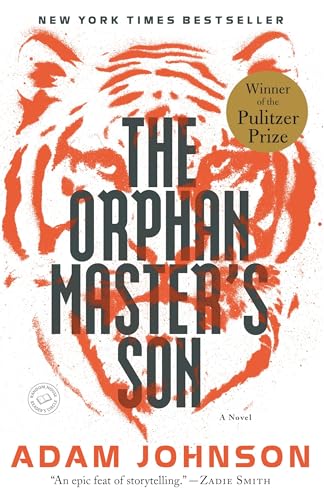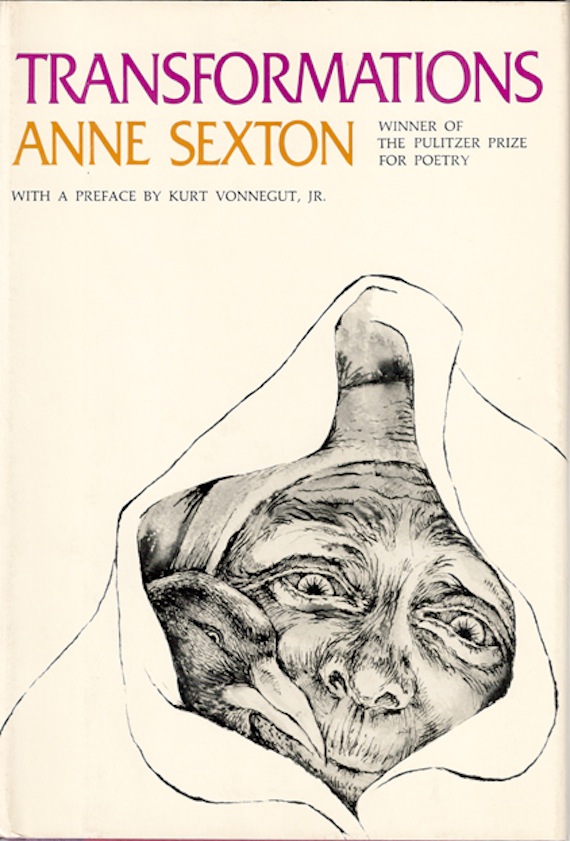 Millen Brand’s The Outward Room was one of those impulse purchases that I’m prone to in the days immediately before and after the arrival of a royalty check. There I was in my favorite Manhattan bookstore, and there was The Outward Room, an unfamiliar book by an author I’d never heard of, with a staff recommendation sticker on the front. The staff at McNally-Jackson know what they’re talking about; it turned out to be a quiet little miracle of a book.
Millen Brand’s The Outward Room was one of those impulse purchases that I’m prone to in the days immediately before and after the arrival of a royalty check. There I was in my favorite Manhattan bookstore, and there was The Outward Room, an unfamiliar book by an author I’d never heard of, with a staff recommendation sticker on the front. The staff at McNally-Jackson know what they’re talking about; it turned out to be a quiet little miracle of a book.
The novel opens in the seventh year of an initially nameless young woman’s confinement in a mental institution. She suffered a nervous breakdown following the accidental death of her beloved older brother, and has resided in Islington Hospital ever since. She has long periods of lucidity, but lasting sanity eludes her. Her patient but seemingly ineffectual doctor has been unable to cure her.
She lives in a kind of suspended animation. She is treated kindly and has friends. She’s safe in the hospital, and she’s aware that she isn’t sane. But she’s also aware that she isn’t getting better, and even her ever-optimistic doctor is having trouble keeping up a front:
One day she said to him, casually, “I still want to escape.”
“You might as well,” he said, smiling. “We’re tried everything else.”
Then immediately he stopped smiling.
When her chance finally comes, she bundles a few dresses into a leather jacket and climbs the Islington Hospital fence and boards a train bound for New York City. It’s 1937, and the Depression has settled over the country. She invents a new name for herself—Harriet Duluth—and begins to piece together a life in the struggling city.
Set adrift into the world outside the hospital, Harriet is surprisingly high-functioning. Every so often her grip seems to weaken, her surroundings sliding away from her. Her unsteadiness is masterfully rendered, the prose style fracturing as she slides. You read sentences like “And death thrown large, on the screen of the houses—yet, shadow? Had sleep, strength yet”—and a subtle dread sets in. What will become of her?
As one might expect of a book set in the middle of the Depression, the novel concerns itself heavily with work: its redemptive power—Harriet’s menial job on a dress-making line is low-paid and difficult, but it keeps her anchored to reality—and its potential for soul-crushing drudgery, for death; the terrible weight of being unable to provide for one’s family, the increasingly dangerous jobs taken on by the desperate.
Harriet falls in love with a laborer named John, and the book documents her slow rise out of madness, her movement from the living death of her time in the hospital to becoming fully alive outside it. The hospital couldn’t cure her; her salvation lies in the rhythms of everyday life, living an ordinary existence among ordinary people. The cure for Harriet’s affliction is life itself.
This doesn’t strike me as an overwhelmingly accurate portrayal of mental illness—by great good fortune I haven’t experienced it first-hand, but my overwhelming impression is that it’s a rare case that’s cured by simply living calmly from day to day. A few of the early scenes in the hospital are heavy on the psychoanalysis; it’s tempting to skim one or two long conversations between Harriet and her therapist.
It’s not a flawless work, but it’s a beautiful work. In the hands of a lesser writer, the story would veer rapidly into melodrama and sensationalism—deranged young woman escapes from insane asylum!—but Millen Brand writes with elegance and restraint. The small details of life take on a strange beauty in his hands.








